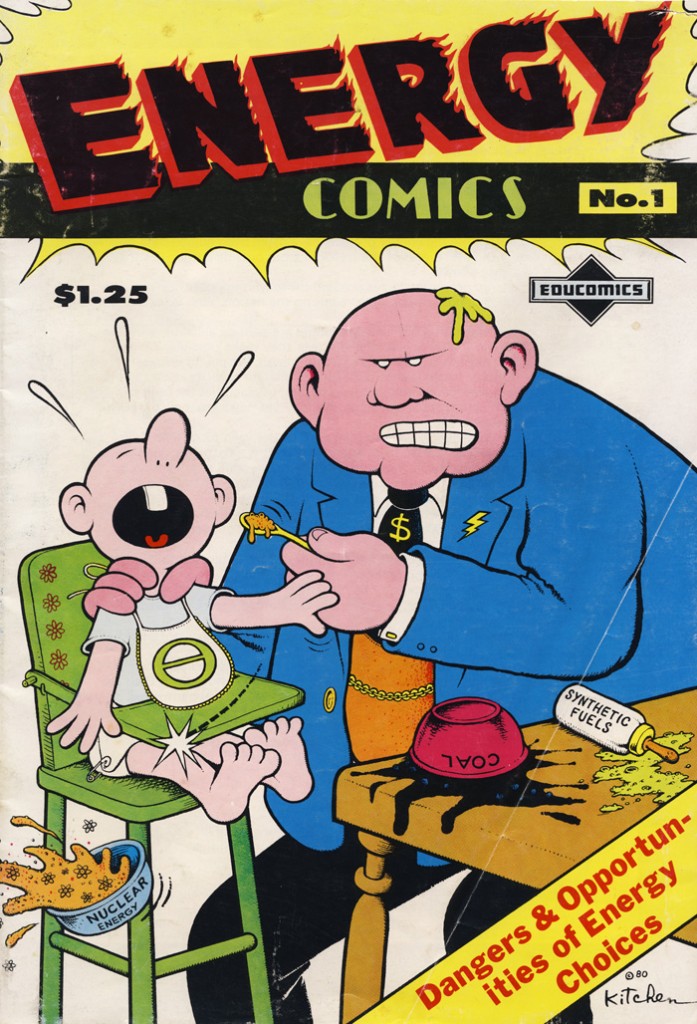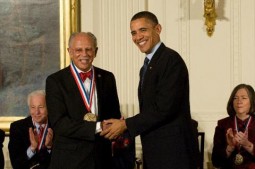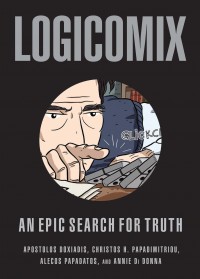 We hear about a book called Logicomix, featuring Christos Papidimitriou, who is one of the world’s leaders on computational complexity theory, and what happens when he consents to be interviewed by two 10-year olds. And in the headlines, we delve into a new report published in the January issue of Archives of Pediatrics & Adolescent Medicine that indicates exercise helps kids do better in school. We fly to the moon with two GRAIL spacecraft, which stands for “Gravity Recovery and Interior Laboratory.” And we invite you to sign up for the free, “Mini Med-The Clinical Years,” being offered at the CU Medical Center.
We hear about a book called Logicomix, featuring Christos Papidimitriou, who is one of the world’s leaders on computational complexity theory, and what happens when he consents to be interviewed by two 10-year olds. And in the headlines, we delve into a new report published in the January issue of Archives of Pediatrics & Adolescent Medicine that indicates exercise helps kids do better in school. We fly to the moon with two GRAIL spacecraft, which stands for “Gravity Recovery and Interior Laboratory.” And we invite you to sign up for the free, “Mini Med-The Clinical Years,” being offered at the CU Medical Center.

Hosts: Joel Parker, Susan Moran
Producer: Shelley Schlender
Engineers: Tom McKinnon, Shelley Schlender
Executive Producer: Shelley Schlender
Listen to the show:
Podcast: Play in new window | Download (Duration: 24:47 — 22.7MB)
Subscribe: RSS






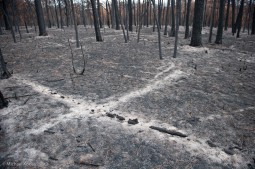

 Susan Moran has a telephone interview with
Susan Moran has a telephone interview with 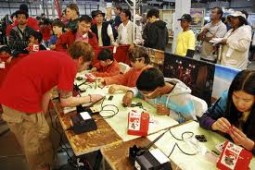 Jeff Branson of the
Jeff Branson of the 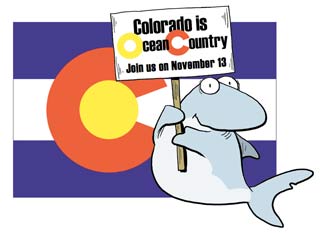
 Feature #1 (time mark 5:30) When people think of Colorado, they usually don’t think about “oceans”. After all, Colorado doesn’t have much of a coastline these days, though it was definitely had oceanfront property a few hundred million years ago. However, being in a landlocked state doesn’t mean that there isn’t any thing we can do to impact the health and ecology of the ocean and marine biology. Co-host Joel Parker talks with Vicki Goldstein, founder and president of the
Feature #1 (time mark 5:30) When people think of Colorado, they usually don’t think about “oceans”. After all, Colorado doesn’t have much of a coastline these days, though it was definitely had oceanfront property a few hundred million years ago. However, being in a landlocked state doesn’t mean that there isn’t any thing we can do to impact the health and ecology of the ocean and marine biology. Co-host Joel Parker talks with Vicki Goldstein, founder and president of the 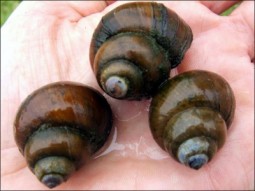 Feature #2 (time mark 14:10) Nitrogen – we can’t live without it, but you can have too much of a good thing. In its gaseous form nitrogen is harmless and makes up nearly 80 percent of the atmosphere. The worldwide population never would have reached 7 billion people without nitrogen, in the form of chemical fertilizer. But excess nitrogen –from fertilizer runoff, manure, human sewage and other sources is wreaking havoc on the environment. Co-host Susan Moran talks with John Mischler, a PhD student at CU Boulder, who is researching worms and snails in Colorado and Africa. He talks about how excess nutrients in ponds, lakes and elsewhere can lead to the spread of parasitic disease from trematodes to snails to us.
Feature #2 (time mark 14:10) Nitrogen – we can’t live without it, but you can have too much of a good thing. In its gaseous form nitrogen is harmless and makes up nearly 80 percent of the atmosphere. The worldwide population never would have reached 7 billion people without nitrogen, in the form of chemical fertilizer. But excess nitrogen –from fertilizer runoff, manure, human sewage and other sources is wreaking havoc on the environment. Co-host Susan Moran talks with John Mischler, a PhD student at CU Boulder, who is researching worms and snails in Colorado and Africa. He talks about how excess nutrients in ponds, lakes and elsewhere can lead to the spread of parasitic disease from trematodes to snails to us.

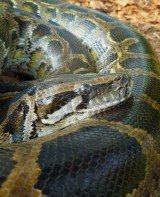

 Nature means something different to everyone. It’s a towering old-growth redwood forest to some. Deep silent canyons to others. And urban community gardens to others. Defining what is “pristine nature” is even more dicey. Just ask conservation biologists trying to figure out the best ways to preserve ecosystems and their flora and fauna.
Nature means something different to everyone. It’s a towering old-growth redwood forest to some. Deep silent canyons to others. And urban community gardens to others. Defining what is “pristine nature” is even more dicey. Just ask conservation biologists trying to figure out the best ways to preserve ecosystems and their flora and fauna. Tom McKinnon interviews Jeff Bisberg of
Tom McKinnon interviews Jeff Bisberg of 

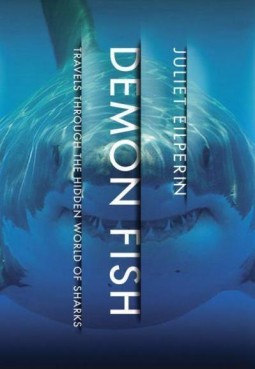
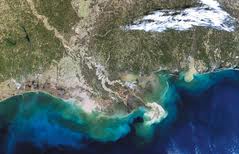



![hs-2011-23-d-web_print Pluto and its moons [click to enlarge] (credit: NASA, ESA, M. Showalter, Z. Levay)](http://howonearthradio.org/wp-content/uploads/2011/08/hs-2011-23-d-web_print-255x255.jpg)

